Morphogen Nutrition is one of the supplement industry's heavy-hitters and rising stars. This is a company that runs a tight ship in both key aspects of supplement design and marketing – the Morphogen team has really turned product formulation into both a science and an art, and Morphogen's product packaging and aesthetics are on point, too.
Ben Hartman, Morphogen's CEO and founder, has been on the PricePlow podcast not once, but twice – first in 2020, to discuss Morphogen's approach to formula design, and again in 2022, to talk about Morphogen's new emphasis on branding and packaging (having mastered the formulation game, of course).
We recently covered Morphogen PRIME, a whole-body organ health supplement, but Hartman and team aren't done protecting your organs and mental state:
Three New Morphogen Products – BLISS, PARTY, and SHROOMS
We're excited to announce that on 6/9/2023 and the week after, Morphogen is bringing their customary rigor to three new health and wellness products:
- BLISS: support for mood, cognition, and stress resilience
- PARTY: designed to help protect your body from, well... recreational stress
- SHROOMS: packed with adaptogenic mushrooms that are each a kind of tonic for some dimension of human health
Longer articles will be coming later, but let's briefly get into each one of these. First, the PricePlow news and deals:
Morphogen Nutrition – Deals and Price Drop Alerts
Get Price Alerts
No spam, no scams.
Disclosure: PricePlow relies on pricing from stores with which we have a business relationship. We work hard to keep pricing current, but you may find a better offer.
Posts are sponsored in part by the retailers and/or brands listed on this page.
-
Morphogen SHROOMS
Edible mushrooms – no, not that kind – are enjoying a huge surge of popularity with supplement formulators and consumers, as scientific evidence mounts that these adaptogenic fungi can have broad and far-reaching positive effects on many different aspects of human health.
It's hard to summarize these mushrooms, because each one seems to do a little bit of everything. But here are the major benefits identified for the medicinal mushrooms in Morphogen's Shrooms:
- Chaga Mushroom powder (Inonotus obliquus) (fruit body) -- 200 mg: powerful anti-inflammatory[1] and pro-immunity[2] effects. It can also help keep blood sugar appropriately low,[3] which is a huge deal for overall health and longevity.
- Cordyceps Mushroom extract (Cordyceps sinensis) (fruit body) -- 200 mg: improves oxygen uptake,[4] mitochondrial resilience,[5] inflammation,[6-8] and glycemic control.[9]
- Lion's Mane Mushroom extract (Hericium erinaceus) (fruit body) – 200 mg: the beta glucans in lion's mane can increase neurogenesis by upregulating a neurotrophic factor called nerve growth factor (NGF).[10-12] Lion's mane is often described as a tonic for brain health.
- Maitake Mushroom powder (Grifola frondosa) (fruit body) – 200 mg: a powerful immunity-enhancing mushroom.[13]
- Reishi Mushroom extract (Ganoderma lucidum) (fruit body) -- 200 mg: has been shown to inhibit 5-alpha reductase, the enzyme responsible for converting testosterone into DHT,[14] which is thought to be of benefit for long-term prostate health. Also good for lowering estrogen levels.[15]
- Shiitake Mushroom powder (Lentinula edodes) (fruit body) -- 200 mg: has synergistic immune-boosting effects with maitake mushrooms,[16] and pro-immunity effects in its own right.[17]
- Turkey Tail Mushroom powder (Trametes versicolor) (fruit body) -- 200 mg: can stimulate macrophage activity[18] and improve gut health through prebiotic effects.[19,20]
Morphogen Nutrition SHROOMS – Deals and Price Drop Alerts
Get Price Alerts
No spam, no scams.
Disclosure: PricePlow relies on pricing from stores with which we have a business relationship. We work hard to keep pricing current, but you may find a better offer.
Posts are sponsored in part by the retailers and/or brands listed on this page.
-
Morphogen PARTY
Let's face it, everybody needs to blow off stress every once in a while – you work hard, and you should play hard too!
Unfortunately, as most of us know, this can come with a high metabolic cost, usually felt the morning after. Party from Morphogen, which would probably be most effective when taken immediately before you start your partying, consists of ingredients that can help your body and mind against the unwanted effects of drinking in particular.
This is a formula that has a heavy emphasis on upregulating glutathione, your body's master antioxidant that plays an absolutely vital role in keeping inflammation and metabolic stress to the appropriate minimum.
Here's what's in Party:
- Acetyl L-Carnitine (HPLC) – 500 mg: also known as ALCAR, this is a powerful neuroprotective antioxidant that crosses the blood-brain barrier,[21,22] protects DNA integrity, and reduces lipid peroxidation in brain tissue.[23]
- Ginger Root extract (Zingiber officinale) (std. min. 20% gingerols) – 500 mg: full of gingerols and shogaols, bioactive constituents with impressive anti-inflammatory and antioxidant effects.[22,24]
- ALA (Alpha Lipoic Acid) – 400 mg: upregulates glutathione (GSH), your body's master endogenous antioxidant.[25,26]
- Japanese Raisin Tree extract (Hovenia dulcis) (std. min. 98% Dihydromyricetin) – 400 mg: possesses antidiabetic, anticancer, antioxidant, anti-inflammatory and hepatoprotective effects, and is used in traditional Chinese medicine to prevent and treat hangovers.[27]
- Katuika extract (Picrorhiza kurroa) (rhizome and root) – 400 mg: shown in animal studies to improve liver function and even reverse fatty liver.[28,29]
- NAC (N-acetyl-L-cysteine) – 400 mg: upregulates GSH and protects the liver.[30,31]
- Clovinol Clove extract (Lavangam) (flower bud) (std. min. 30% polyphenols) – 100 mg: another compound with potent liver-protective effects.[32]
- Setria L-Glutathione Reduced – 50 mg: although most GSH preparations are not orally bioavailable,[33] oral Setria supplementation has been shown to effectively raise GSH blood levels.[34]
- Ubiquinol (Coenzyme Q10) -- 50 mg: helps stabilize and optimize function of your body's mitochondria, organelles responsible for producing all your cellular energy[35] which can be adversely affected by stress.
- Saffron extract (Crocus sativus L.) (stigma) – 10 mg: in animal studies, saffron has been shown to protect the liver against fatty liver and alcohol ingestion.[36,37]
- Vitamin B1 (as BenfoPure Benfotiamine) -- 83 mg (69% DV): animal studies have shown that vitamin B1 can protect the liver against alcohol-induced injury – even when given 30 minutes after alcohol ingestion.[38]
- Vitamin B3 (as Nicotinamide) -- 8 mg (50% DV): stabilizes cellular metabolism by upregulating NAD+,[39] with antioxidant neuroprotective effects.[40]
- Vitamin B12 (as Methylcobalamin) – 30 mcg (1250% DV): vitamin B12 plays a crucial role in the central nervous system,[41] and megadoses of B12 are often given as an energy booster. An added bonus of methylcobalamin is its ability to act as a methyl donor.
- Vitamin C (as Ascorbic Acid) -- 250 mg (278% DV): your adrenal cortex tissue consists largely of vitamin C,[42] and your adrenal glands lose vitamin C during stress.[43] It's a good idea to replenish this any time you do something stressful.
- Vitamin E (as Mixed Tocopherols) -- 15 mg (100% DV): a powerful antioxidant that has synergistic effects with vitamin C on reducing stress and anxiety.[44]
- Magnesium (as TRAACS Magnesium Bisglycinate Chelate) -- 84 mg (20% DV): this crucial mineral is lost during stress[45] and should be replenished around any stressful event.
Morphogen Nutrition PARTY – Deals and Price Drop Alerts
Get Price Alerts
No spam, no scams.
Disclosure: PricePlow relies on pricing from stores with which we have a business relationship. We work hard to keep pricing current, but you may find a better offer.
Posts are sponsored in part by the retailers and/or brands listed on this page.
-
Morphogen BLISS
The modern world is fast-paced and stressful, and we can probably all benefit, at least occasionally, from taking something to support mood and metabolic function. Of course, some options are healthier than others – we don't want to manage today's crisis by borrowing against our future health. That's where Bliss from Morphogen comes in – it's full of ingredients that can help you perform, rest, and recuperate more effectively.
Although there are a few ingredients in Bliss that can help promote restful sleep, we hesitate to call this product a sleep aid because of the vitamin D, which can mess with your circadian rhythm if taken before bed.
In a single 3 capsule serving of Bliss from Morphogen, you get the following:
- Vitamin D3 (as Cholecalciferol from Lichen (Vegan)) – 100 mcg / 4,000 IU (500% DV): vitamin D3 is the active form of vitamin D in the human body, and has superior dosing and pharmacokinetic properties compared to vitamin D2.[46] Vitamin D plays a role in inflammation inhibition, regulation of blood sugar metabolism, blood pressure, and vascular calcification,[47,48] so it's not much of a surprise that vitamin D deficiency can cause symptoms of anxiety or depression.[49]
- Chamomile extract (Matricaria chamomilla) (flower) – 350 mg: chamomile is an excellent sleep aid. Thanks to its main bioactive constituent, apigenin, chamomile has depressant effects that can speed up sleep onset and improve sleep quality.[50-53] It can also have anti-depressive and anti-anxiety normalize hypothalamic-pituitary axis (HPA) function, and improve patient scores on the Hamilton Depression Rating Scale (HDRS).[54-60]
- St. John's Wort (Hypericum perforatum) (herb) (std. min. 0.3% hypericin) – 200 mg: thanks to its effect on intracellular sodium uptake, St. John's Wort can also inhibit the uptake of key neurotransmitters like serotonin and dopamine, thus prolonging their action and helping normalize brain chemistry.[61-64] This ingredient is recognized as useful in mild-to-moderate cases of depression.[65]
- Velvet Bean extract (Mucuna pruriens) (seed) (std. min. 98% L-DOPA) – 125 mg: thanks to its bioactive constituent L-dopa, velvet bean extract can upregulate the neurotransmitter dopamine.[66,67]
- Oleoylethanolamide (OEA) (from oleic acid) – 100 mg: OEA is a chemical analog of the endocannabinoid anandamide (AEA).[68] Endocannabinoids have analgesic, anti-depressant, pro-sleep, anti-inflammatory, vasodilatory, and appetite suppressant effects. If you want to read more about endocannabinoids, check out our article Anandamide: The Body's Blissful Endocannabinoid Molecule.
- SAM-e (as S-Adenosyl-L-Methionine Tosylate Disulfate) – 100 mg: SAM-e is a precursor to glutathione (GSH), your body's master endogenous antioxidant.[69,70] Probably thanks to its ability to reduce oxidative stress on the brain through GSH upregulation,[71,72] SAM-e can improve dopaminergic signaling[73,74] and mood.[73,75-77]
- Anandamide (AEA) (from arachidonic acid) – 50 mg: for a summary of AEA, refer to the OEA bullet point above. Again, read our article Anandamide: The Body's Blissful Endocannabinoid Molecule if you want to learn more about AEA, OEA, and other endocannabinoids.
- Kava Extract (Piper methysticum) (root) (std. min. 30% kavalactones) – 50 mg: kava can potentiate receptors for the neurotransmitter GABA.[78] A randomized, placebo-controlled crossover trial using kava extract found that it has significant anti-anxiety effects, even in cases where anxious symptoms are accompanied by depression.[79]
- Kanna extract (Sceletium tortuosum) (aerial parts) (std. min. 0.5% alkaloids) – 50 mg: kanna is an herb native to South Africa that's long been traditionally used to improve mood,[80] particularly when one expects to shortly enter a high stress situation.[81] Kanna's mechanism of action is upregulation of cyclic adenosine monophosphate (cAMP), a secondary messenger molecule that regulates cellular metabolism and is downregulated in cases of depression and anxiety.[82]
- 5-HTP (5-Hydroxytryptophan) (from Griffonia simplicifolia) (seed) – 50 mg: 5-HTP upregulates the neurotransmitter serotonin, and has been shown to improve sleep quality.[83,84] Although some small studies have found that 5-HTP can improve mood,[85] a recent meta-analysis concluded that larger, longer-term trials are needed to confirm this.[86]
Morphogen Nutrition BLISS – Deals and Price Drop Alerts
Get Price Alerts
No spam, no scams.
Disclosure: PricePlow relies on pricing from stores with which we have a business relationship. We work hard to keep pricing current, but you may find a better offer.
Posts are sponsored in part by the retailers and/or brands listed on this page.
Conclusion: Ben Hartman's at it again
This trio, especially thanks to PARTY, is definitely something different compared to the standard supplement offering you see from active nutrition brands. Perhaps we got a little glimpse of what Ben Hartman likes to enjoy when it's finally time to shut the laptop!
A while back, we also covered CALM (renamed from "MorphoCALM"), and it's also along these same lines. If you're looking to slow things down a bit more, then that's well worth researching as well.
Back to the three supplements discussed above: we haven't done full product reviews on these yet, but it would seem Morphogen Nutrition has knocked it out of the park yet again – stay tuned for further updates on these promising supplements from the PricePlow media team.
Morphogen Nutrition SHROOMS – Deals and Price Drop Alerts
Get Price Alerts
No spam, no scams.
Disclosure: PricePlow relies on pricing from stores with which we have a business relationship. We work hard to keep pricing current, but you may find a better offer.
Posts are sponsored in part by the retailers and/or brands listed on this page.
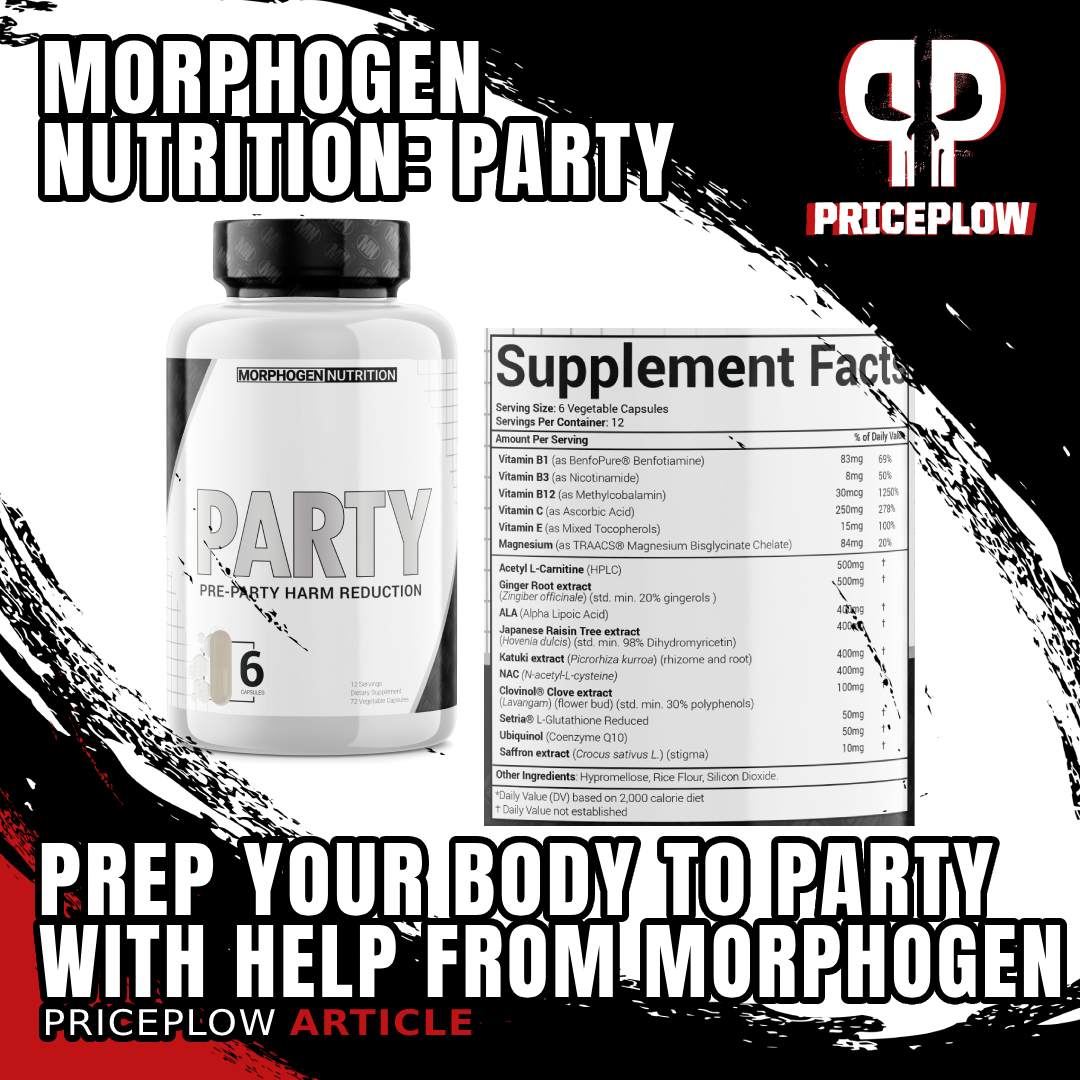
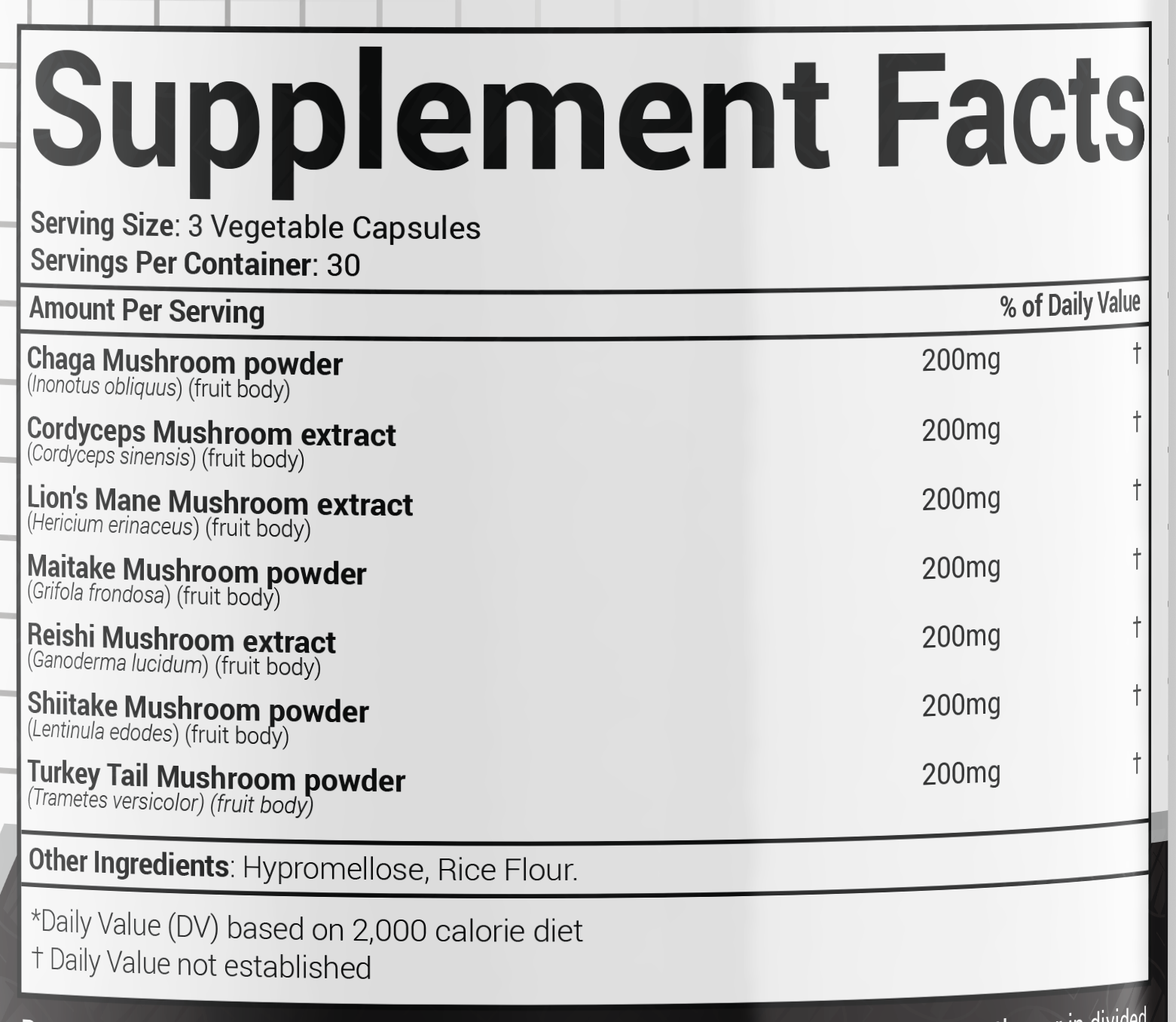
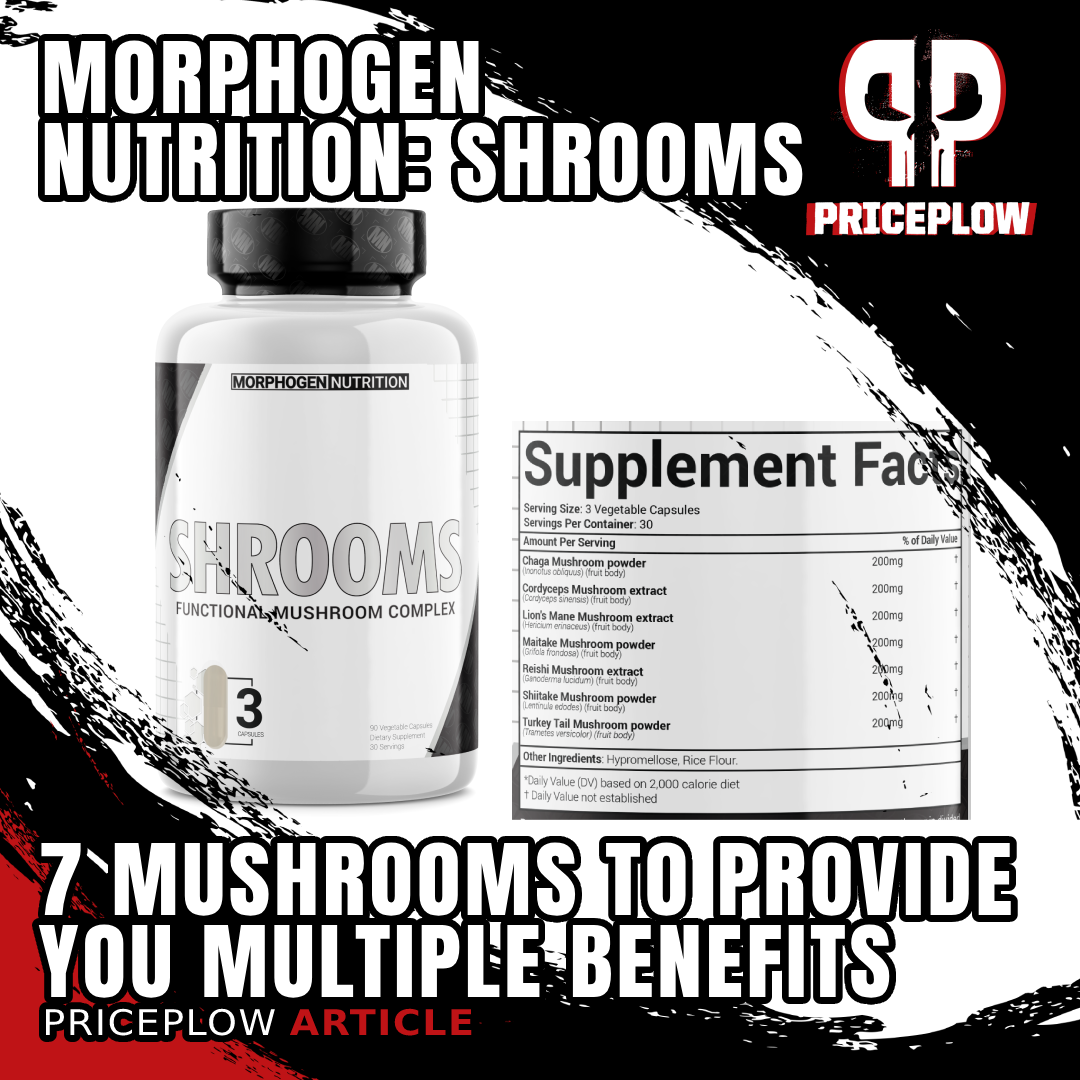
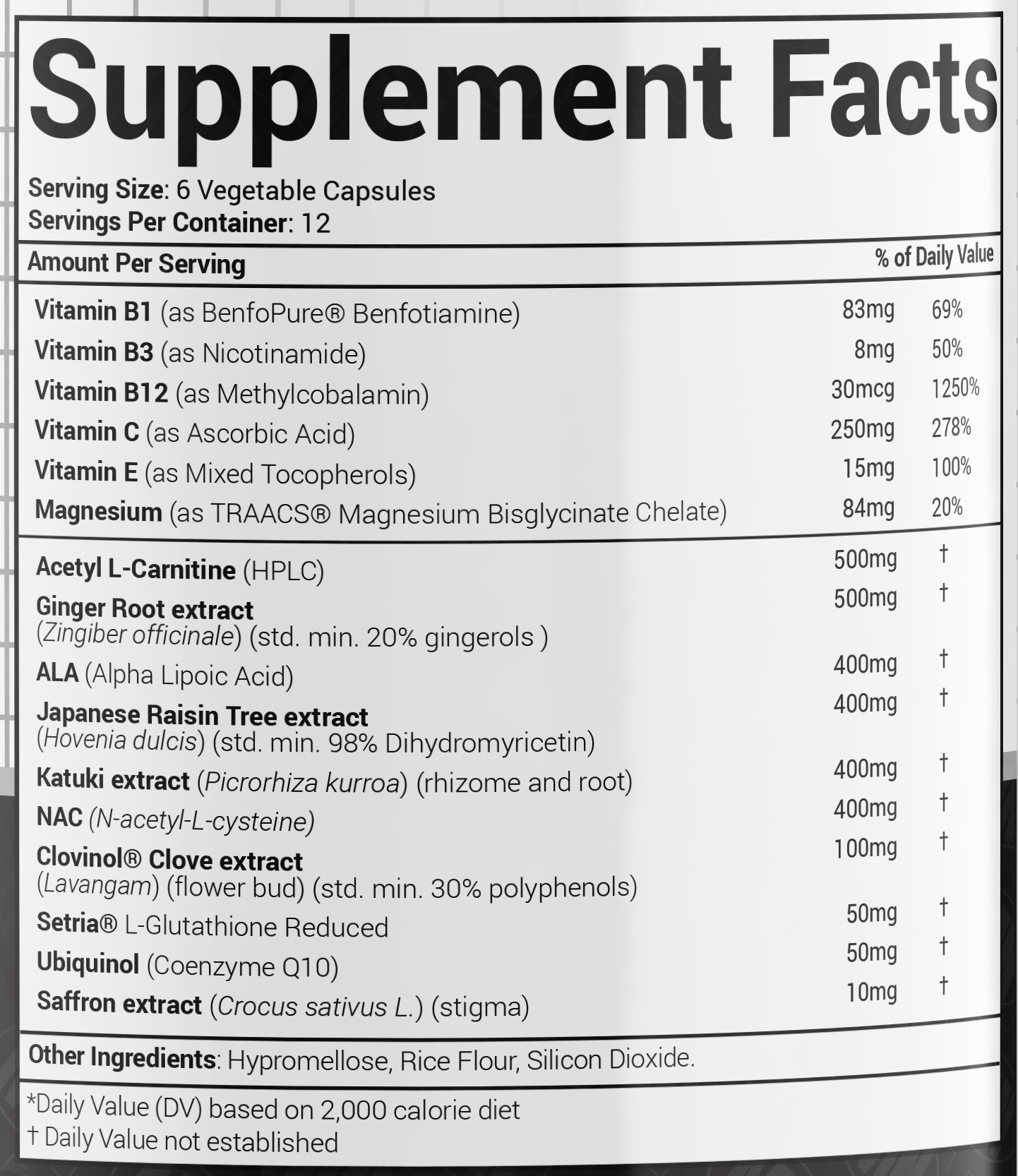
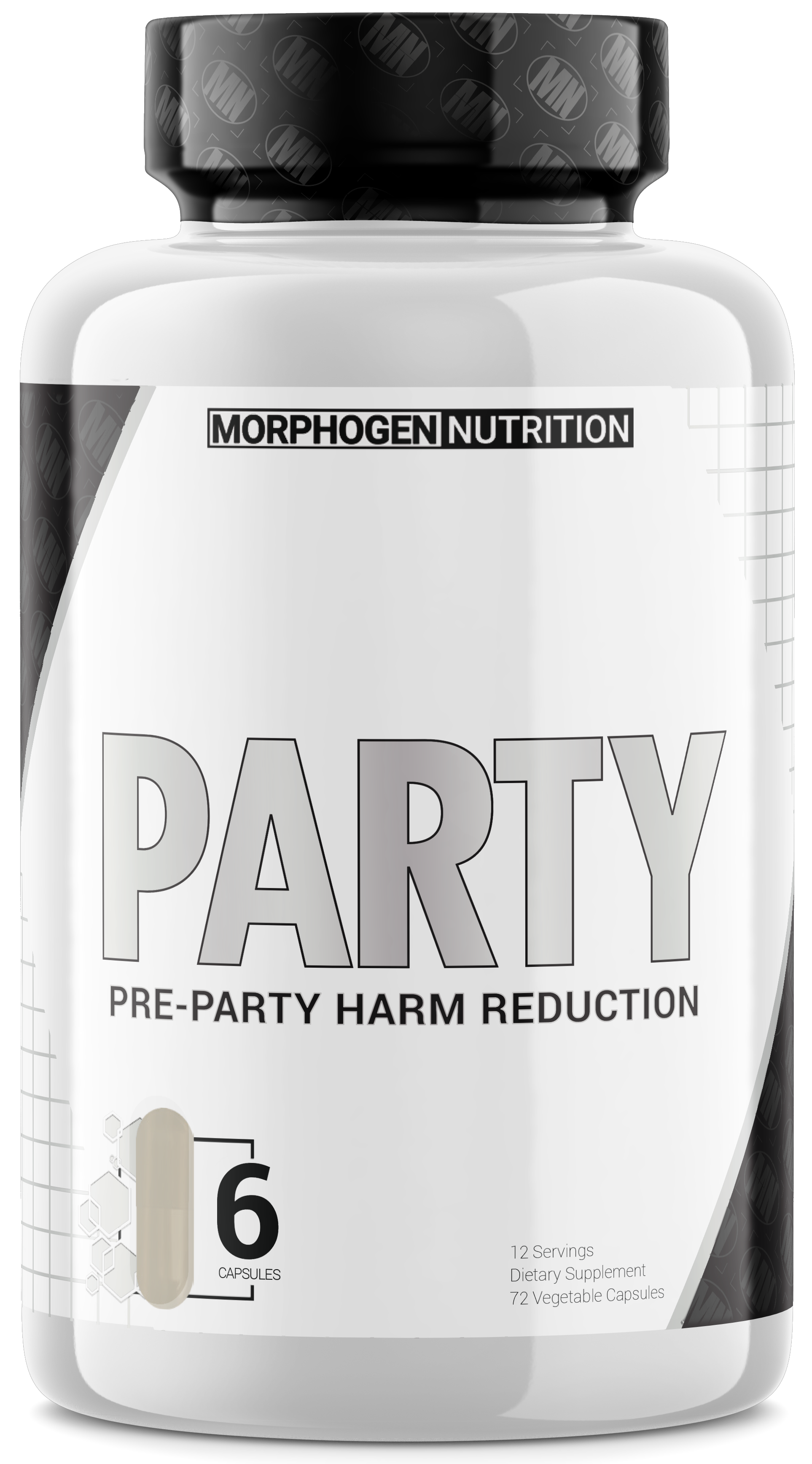
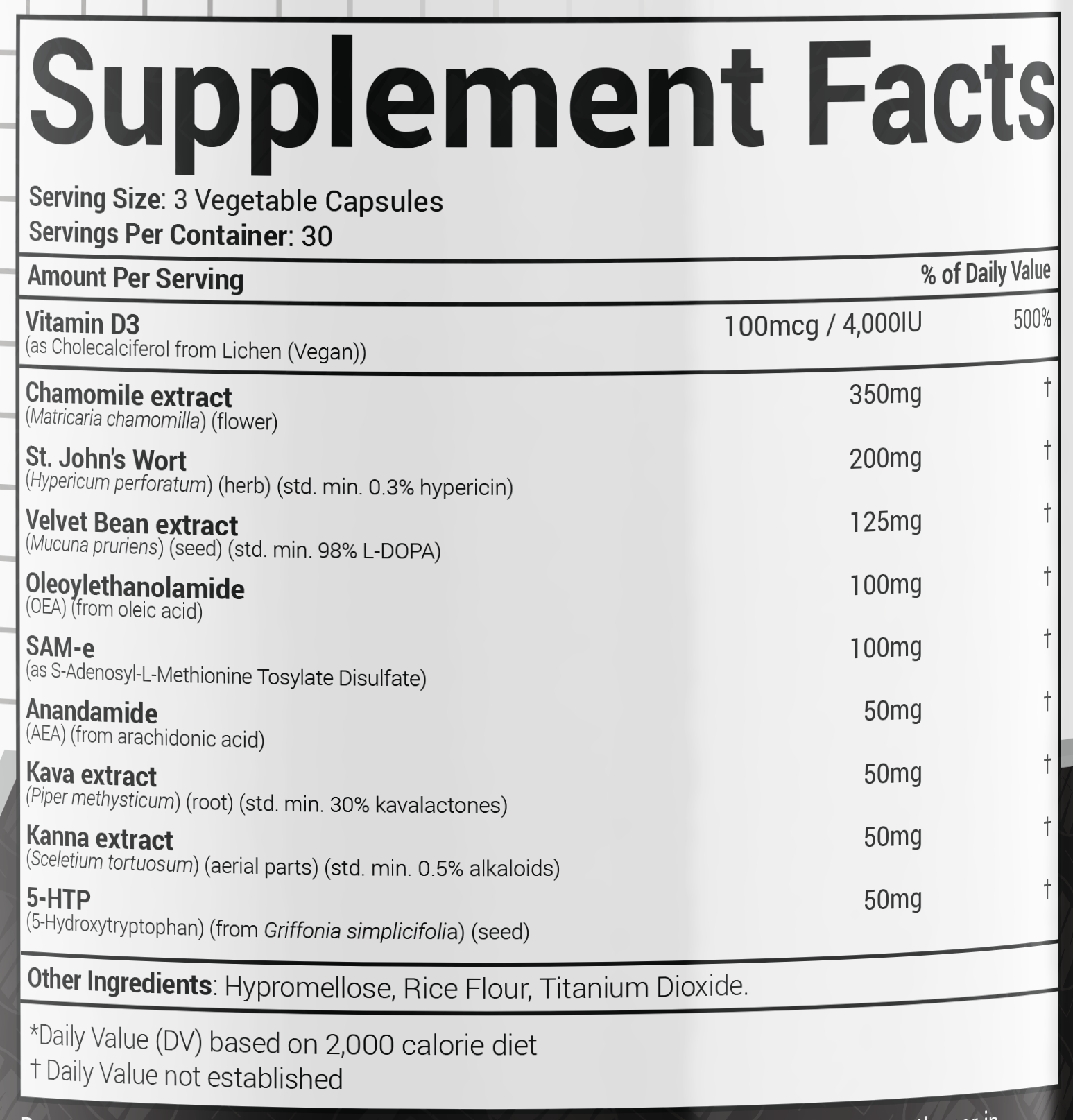
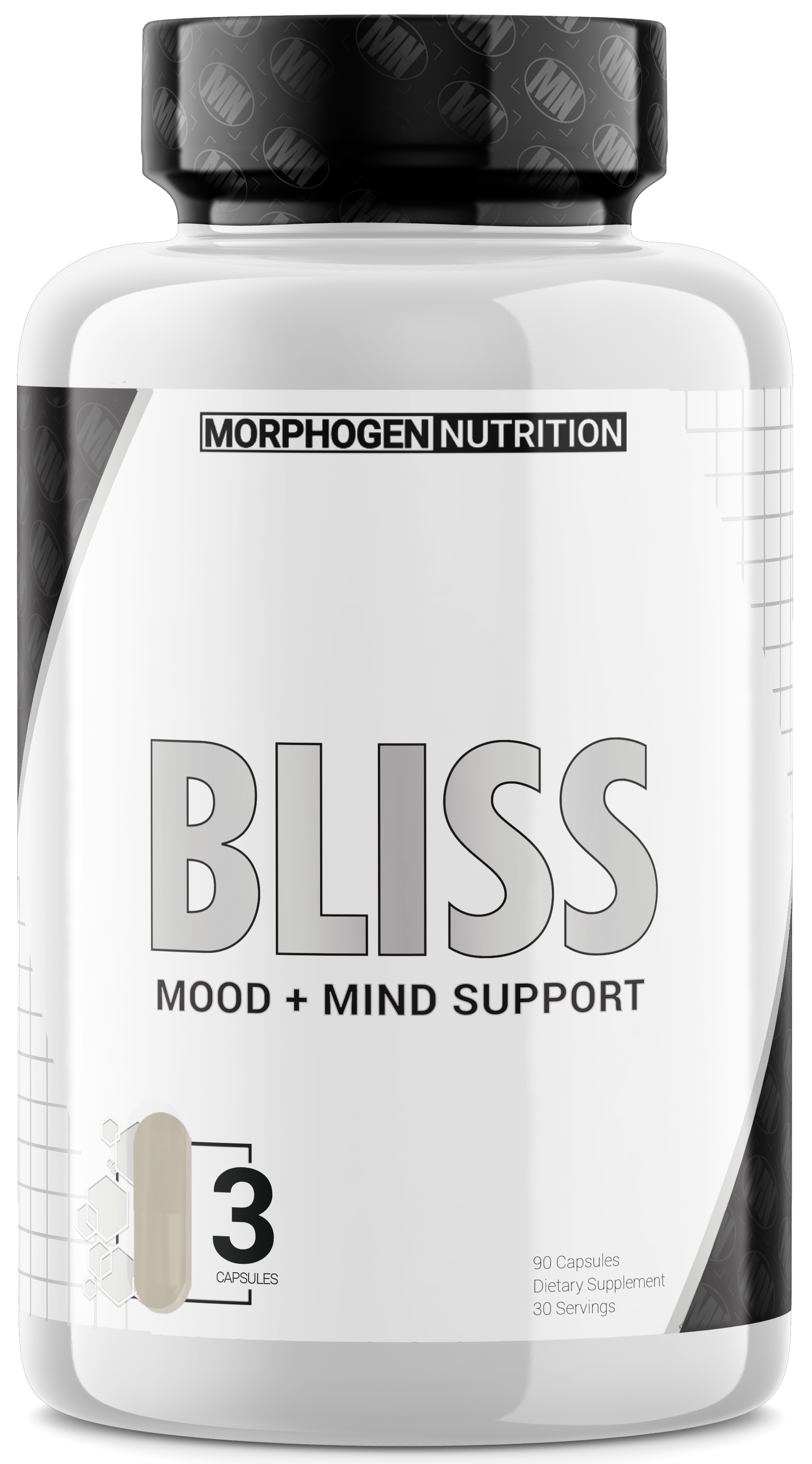


Comments and Discussion (Powered by the PricePlow Forum)